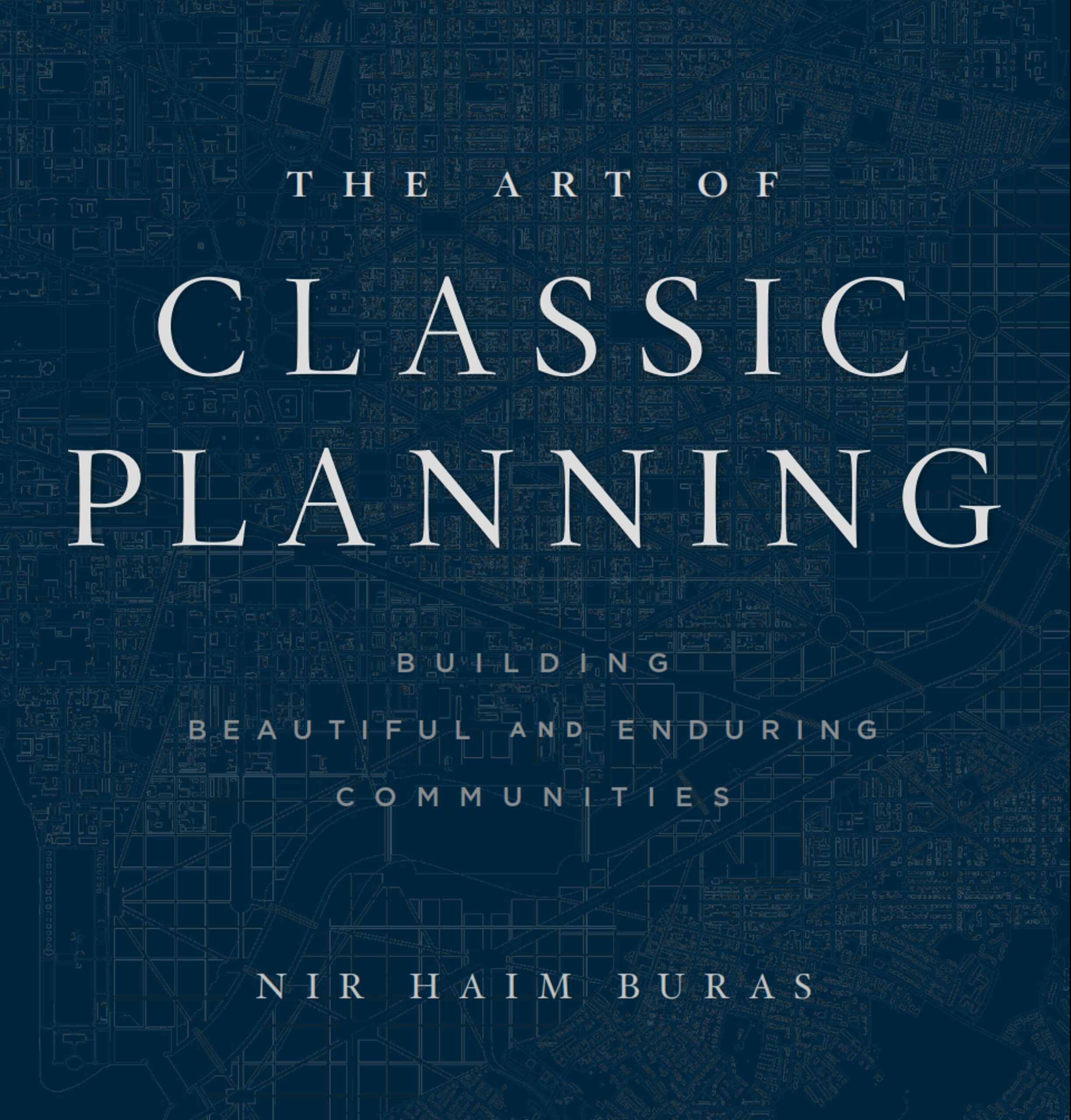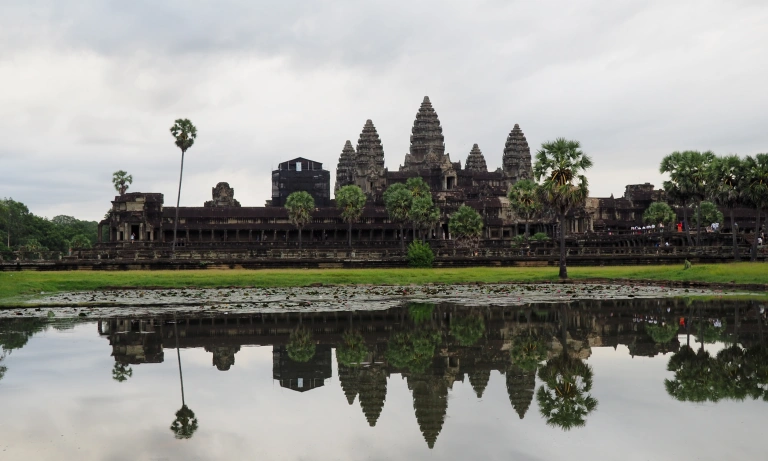
Urban Lessons from Angkor Wat
What a perfect place to be on the 1st day of the second half of the Asia leg of the world tour. I came here for my soul and am leaving with an addition to the book. In terms of urbanism, what happened at Angkor was the same process that occurred in ancient Rome after its destruction.
At its height a thriving city of 1 million people, in the 800 years since the peak of its grandeur, Angor first partially collapsed, its residential neighborhoods devolving into villages separated by country, jungle in this case. Ultimately the people disappeared and what remained was crumbling temples in which some rites and prayers continue to be officiated to this day; and the town of Siem Reap on its outskirts.
Without an organized church like the Catholic, that’s all you find at Angor. But it does have pilgrims, latter day tourists, and there are droves of them, such as those who visited Sixtus V’s empty Rome in the 16th century, roughly the same time frame after Rome’s demise.
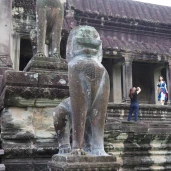
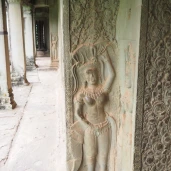
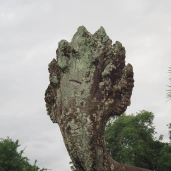

The droves of tourists stand in contrast to the delicacy of the infinite carving. Virtually not a surface is uncarved.
My excellent guide Pilu ensured that we were minimally impacted by these modern hordes. Leaving Siem Reap at 4:30 to see dawn at Angor, we went East to West, not West to East as they do. Of the temples there, and there are thousands of ancient Khmer state, community, and neighborhood temples, Angkor Wat is simply the largest (or one of the largest). It is not the one with the most architectural content or interest. Bayon, the last of the great temples, is a monument to the good life that the last great Khmer king, a philosopher king, intended and willed his people to have. In addition to battle scenes, with unfortunate casualties being eaten by crocodiles, every single profession, from soldier to builder, from doctor to baker, is represented in reliefs on the walls, There are musicians, midwifes, and martial arts instruction.
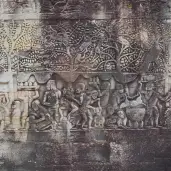


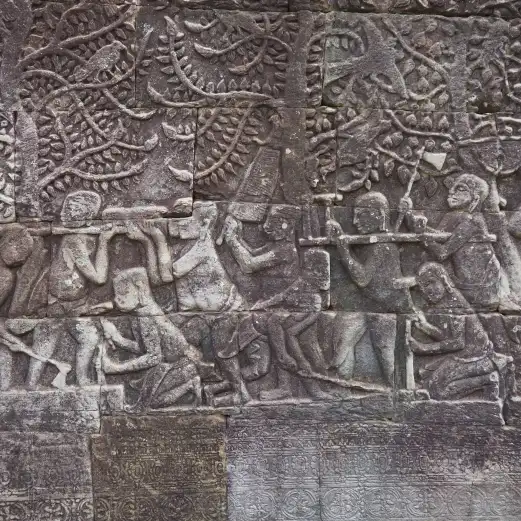
Pilu also took me to his favorite temple, Ta Nei, a not-visited, small shrine in the jungle, what used to be a neighborhood temple devoted to the compassionate Buddha. On the surface Buddhist, in Cambodia, Hinduism and Buddhism exist syncretically. The various Buddhas parallel the Hindu pantheon. Compassionately, no-one else was at that temple during our visit.
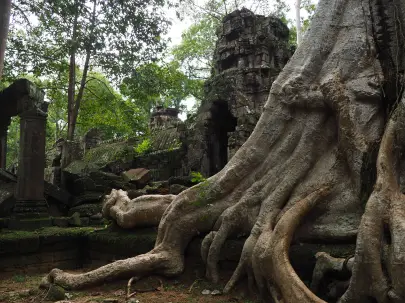
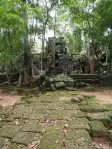
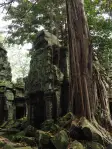
The Buddhas continue to smile, right through the fractured stone.

The last place we saw was Tha Prohm, the famous temple from the Spielberg movie. It’s the one with the tree(s) growing out of it, in it, through it, and in replacement to it.
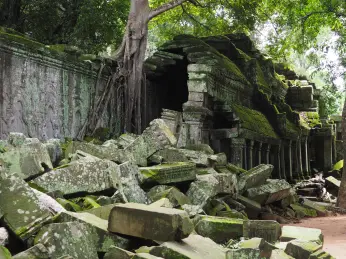
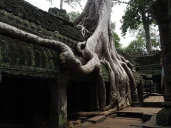

The temple is devoted to the female Buddha (also a unique Cambodian thing, I believe), the equivalent of the Greek “Divine Intelligence,” Athena. It felt decidedly more beautiful than any of the other temples. I observed that it clearly “played” a sophisticated mathematical game based on the golden section, the square, and the half the golden section proportion.

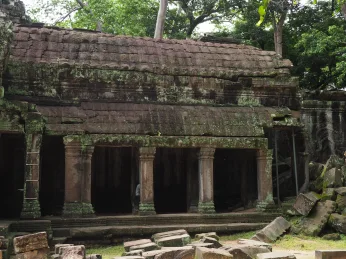
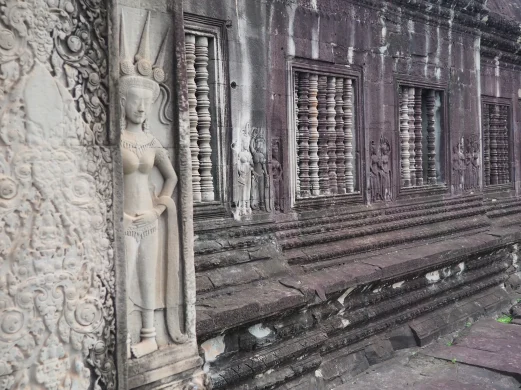

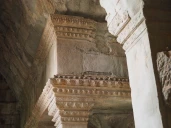
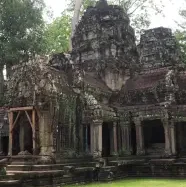
PS: on the way out of Angor I passed an agricultural research station which butterflies seemed to be enjoying.



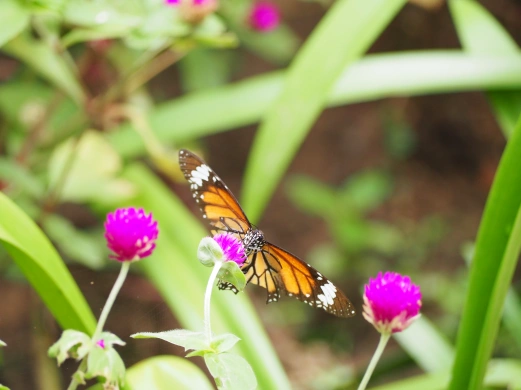
After the tour Pilu insisted that I visit the Siem Reap Mueum, to fill the gaps in what we had seen. To come down from the educative day, I walked in the sweltering heat to the Raffles Hotel, for a Campari, a lunch of typical Cambodian food, and English tea. The food tasted better than that which I had had the night before at the market.
So I could enjoy a cigar, the waitress brought me outside, where I watched rich Western kids politely play in the pool. As they played, I thought of the children in the streets outside the compound. They might have more freedom and experiences now, but the former are being trained to be the superiors and leaders of nearly all of the latter.
A middle-aged white woman floated serenely in the pool, as she would at her condo pool in Toronto. All this under dramatic skies which for two days had been threatening a deluge, and finally delivered one as I sat writing this. It was nonetheless so hot that the tea in the teapot stayed hot by itself. Mad dogs and Englishmen…
WELCOME!
Get In Touch
Please get in touch with us
to discuss your requirements.
Please get in touch with us
to discuss your requirements.
